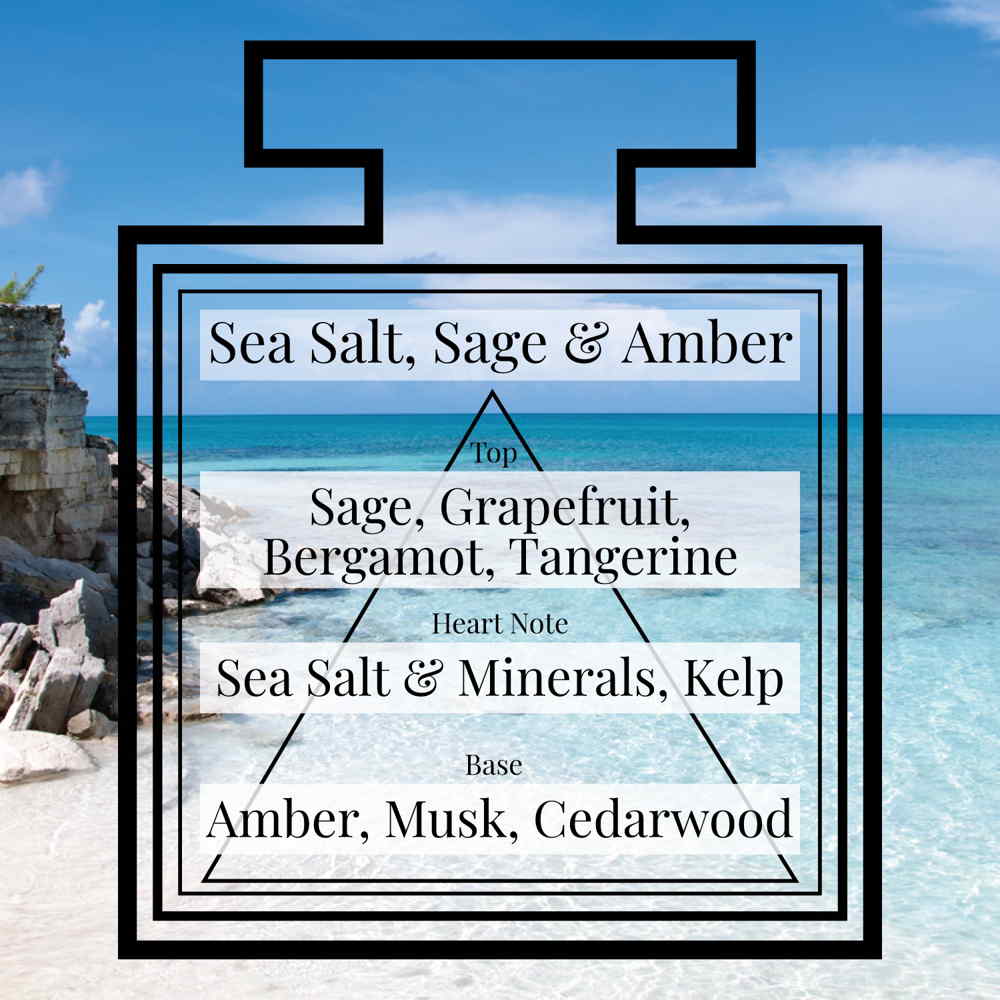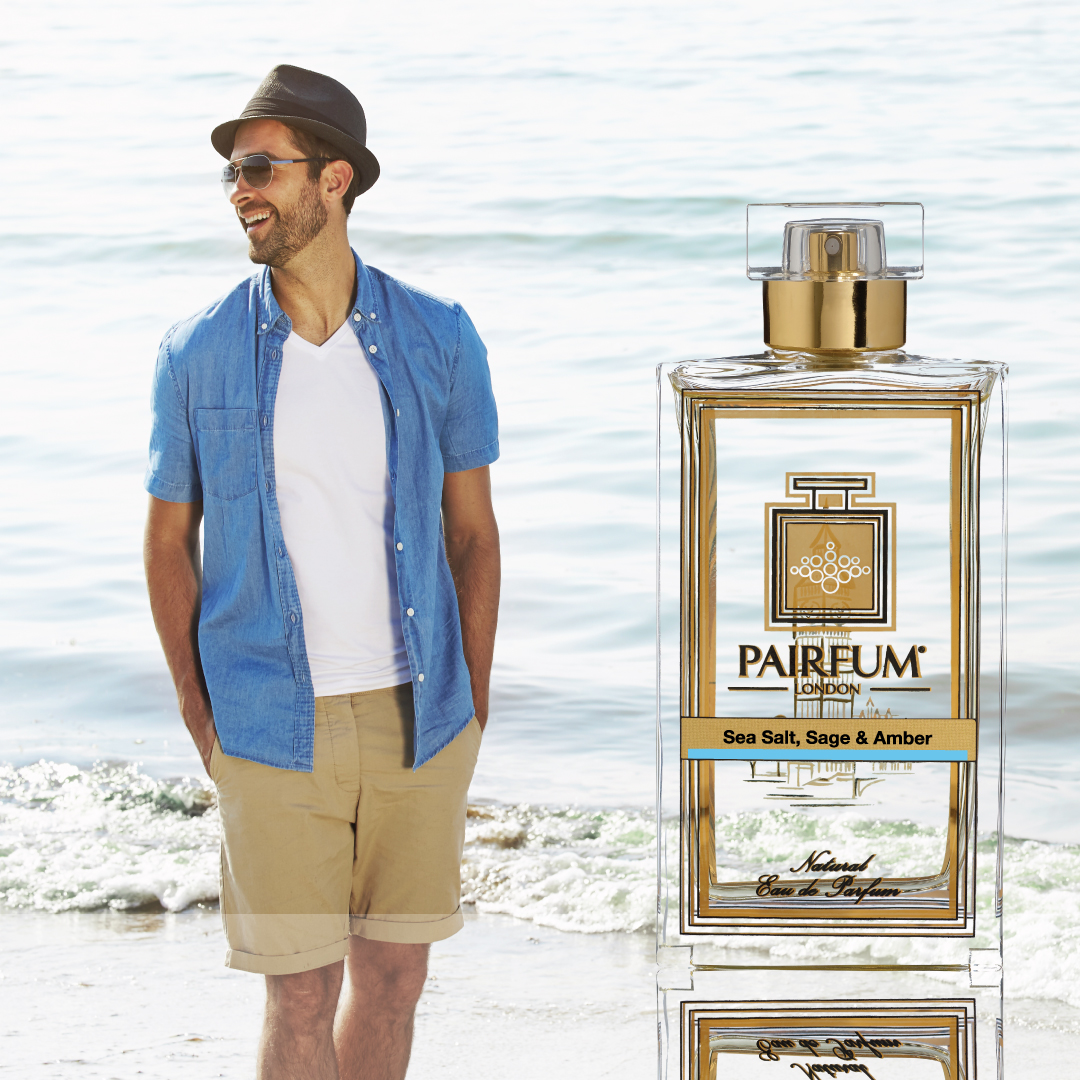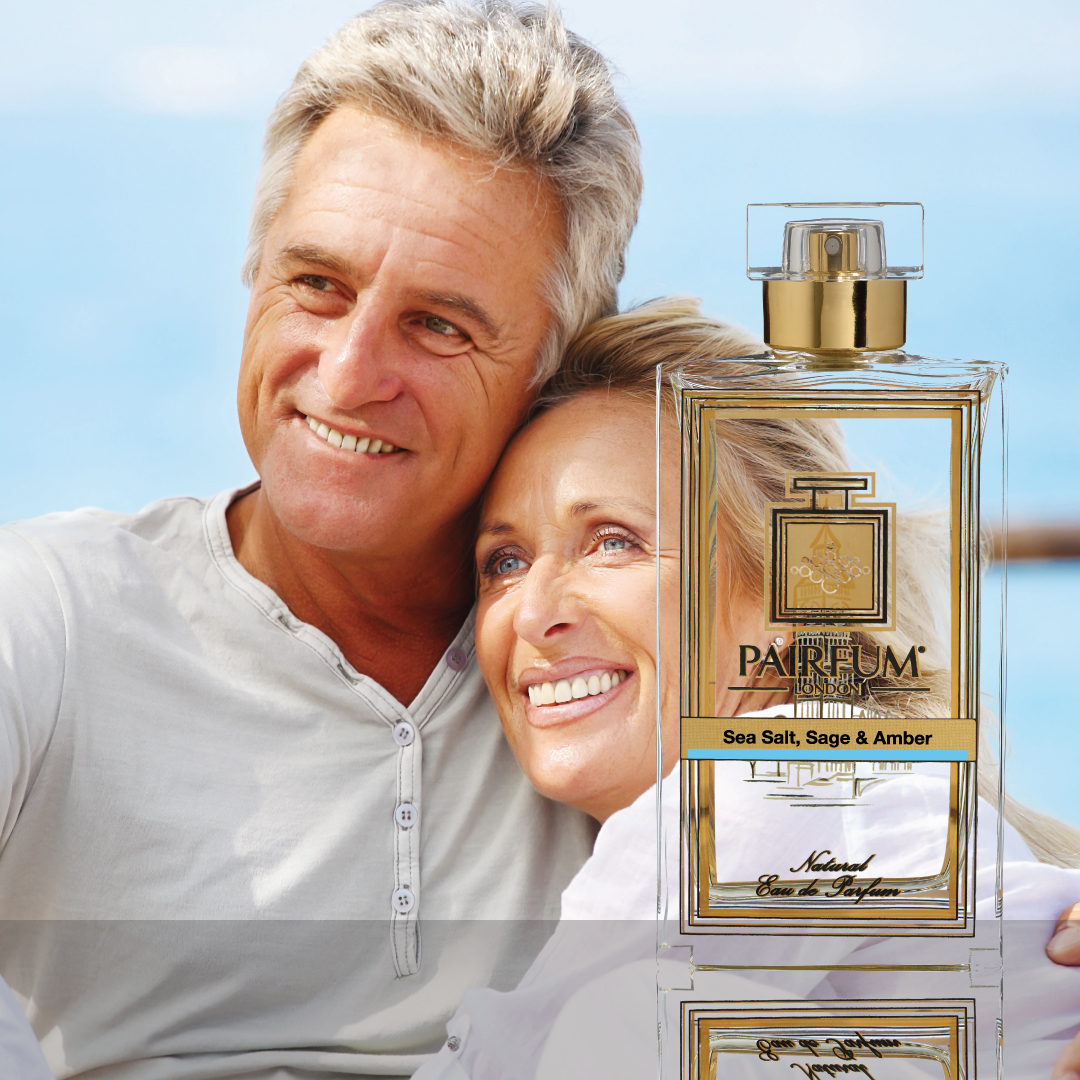Tangerine in Perfumery: Citrus Brightness

Tangerine is a delightful aroma that has found its way into perfumes. With its lively and fresh aura, this wonderful fruit captivates the senses and adds a touch of brightness to any fragrance collection. Its appeal lies in the blend of sweet and citrusy notes, offering a cheerful and energising experience. Exploring the multifaceted uses of tangerine uncovers a bouquet that brings both vibrancy and warmth to perfumes. This versatile fruit is truly a treasure in the world of fragrance.
The Botanical Identity of Tangerine
To fully appreciate tangerine in perfumery, it is essential to understand its botanical background. The term "tangerine" specifically refers to a type of citrus fruit that is orange in colour and is broadly considered either a variety of the mandarin orange (Citrus reticulata) or a closely related species, sometimes classified as Citrus tangerina. Some botanical classifications even suggest it as a hybrid (Citrus × tangerina) with some pomelo contribution. This intricate lineage places tangerines firmly within the extensive Rutaceae family, a genus known for its fragrant, oil gland studded fruits.
Tangerines are generally smaller and less rounded than common oranges, distinguishing themselves with a sweeter, stronger flavour and a thin, loose, pebbly skin that makes them particularly easy to peel. This "kid glove orange" quality, often referred to as "zipper skin tangerine" due to how easily its peel separates from the fruit, is a shared trait among mandarins in general. The fruit is typically slightly flattened at either end, and its evergreen tree is smaller than other orange trees, bearing slender twigs and glossy, lance shaped leaves. Its white, five petalled flowers are also notably fragrant, contributing to the aromatic profile that eventually makes its way into essential oils. Unlike the thicker rind of a Valencia orange, the tangerine fruit's peel is thin, containing a minimal little bitter white mesocarp, which is the spongy white pith, allowing for a cleaner extraction of its fragrant essential oils.

History of Tangerine in Perfumery
Tangerine’s journey into perfumery begins with its origins and cultivation. Believed to have first been cultivated in Southeast Asia, this vibrant fruit gradually spread across the globe, adored for its sweet aroma and refreshing qualities. The name "tangerine" itself originates from Tangier, a Moroccan seaport on the Strait of Gibraltar, reflecting its historical significance as a shipping point for these mandarin varieties, a usage cited as early as 1710. This long history highlights the global fascination with this particular citrus fruit.
Its easy cultivation and the alluring nature of its fragrance made it a popular choice not just for consumption but also in various fragrance applications. As perfumers of the past explored new ingredients, tangerine quickly gained popularity for its ability to impart a bright and lively essence. Its fragrance provided a fresh top note that worked well with other ingredients, creating rich and layered perfumes. The Dancy tangerine, a seedling from the Moragne tangerine (itself imported from Morocco by Major Atway in Florida in the 1800s), was for decades the most widely grown variety in the United States, cementing the popularisation of the term "tangerine" in the commercial market. During peak tangerine season, the abundance of this ripe tangerine fruit meant ample supply for both culinary uses and for the production of fragrant essential oils. With time, this fruit transcended its role as a culinary delight, becoming an essential component of aromatic experiences that evoke joy and vitality. The vibrant colour of the fruit also made it appealing for various uses.
The Scent Profile of Tangerine
The unique scent profile of tangerine is a key factor in its appeal to perfumers. Unlike the sharper, more intensely tart aroma of lemon or lime, tangerine offers a softer, sweeter citrus note. It is often described as juicy, sunny, and slightly floral, with a playful effervescence that instantly uplifts. The overall flavour profile is distinctly sweet and inviting.
The characteristic aroma of tangerine essential oil is primarily attributed to a rich composition of volatile organic compounds. The most dominant of these is d-Limonene, which often constitutes 70% to over 90% of the oil, providing the quintessential bright, zesty, and sweet citrus scent. Other significant contributors include:
- Gamma Terpinene: Lending a fresh, herbaceous, and slightly lime like facet.
- Myrcene: Adding green, earthy, and sometimes balsamic nuances.
- Linalool: Contributing a delicate, sweet, and floral quality.
- Various Aldehydes (such as Octanal and Nonanal): These provide the bright, diffusive, and sometimes waxy notes that give tangerine its immediate impact.
- Minor compounds like alpha and beta Pinene, Sabinene, and Camphene also contribute subtle woody or piney undertones.
This multifaceted character makes the tangerine fruit incredibly versatile, allowing it to seamlessly blend with a wide array of other fragrance families. Its inherent sweetness also provides a lovely counterpoint to more bitter or woody notes, creating a harmonious balance in a composition. The precise balance of these aroma molecules can vary slightly depending on the specific tangerine variety and the extraction method used. This detailed information allows perfumers to understand and control the nuances of the scent. Furthermore, the presence of flavonoids in the tangerine fruit contributes to its vibrant colour and may also play a role in its subtle aromatic qualities.

Tangerine in Daily Life
Beyond perfumery, the tangerine fruit is a beloved culinary ingredient and a source of beneficial nutrients. Rich in Vitamin A, an important antioxidant, this delightful citrus fruit is a popular choice for healthy snacking. The sweet flavour of a fresh fruit like the ripe tangerine makes it a favourite. It is often enjoyed on its own, transformed into fresh tangerine juice, or used in recipes for desserts and even marmalade. Its ease of peeling, characteristic of a "zipper skin tangerine" or "kid glove orange," makes it a convenient fruit to eat.
While not directly tied to its use in perfumery, the widespread appreciation for the tangerine fruit as food and as a refreshing drink underscores its universally appealing aroma. From the sunny orchards of Los Angeles to the verdant landscapes of New Zealand, the global popularity of this orange fruit is undeniable. Even processed forms like frozen juice concentrate retain some of the characteristic sweet and tangy notes. Comparing it to other common fruit like apples highlights its distinctive citrus profile.
This broader context of the tangerine fruit’s role in daily life enriches our understanding of why its essence is so cherished in perfumes. It is a symbol of freshness, vitality, and joy, qualities that perfumers seek to bottle and share. The comprehensive information about this orange fruit highlights its multifaceted value.
Types of Tangerine Used in Perfumes
Several types of tangerine and related citrus fruits are used in perfumes, each bringing its own unique qualities to a fragrance. Here are some notable varieties:
Clementine:
Known for its sweet and juicy character, clementine (a hybrid of mandarin and sweet orange) brings a floral undertone that blends well in light, airy fragrances. It often possesses a delicate honeyed sweetness and is particularly noted for being easy to peel and typically seedless, making it a "cheery little fruit" in both form and fragrance.
Satsuma:
Offering a slightly sharper note, satsuma tangerine adds a clean, crisp touch to perfumes, often favoured in more vibrant blends. Its aroma can be more overtly zesty and invigorating, providing a bright, immediate impact. Satsumas are also easily peeled and often seedless, making this orange fruit a convenient snack.
Mandarins:
While "tangerine" is often used interchangeably with "mandarin," mandarins encompass a broader group of citrus fruits, with tangerines being a reddish orange mandarin. Mandarins generally have a subtly different aroma profile, contributing a fuller, richer essence to perfumes. Mandarin oils can range from sweet and juicy to slightly greener and more herbaceous. Some notable mandarin orange varieties include the intensely sweet and bright "red mandarin" and the greener, more complex "green mandarin," each lending a distinct character to a fragrance. Each variety offers a unique aromatic nuance.
Tangelo:
A hybrid of tangerines and the grapefruit like pomelo, tangelos, such as the Minneola, have a bright, reddish orange skin and a tart, tangy, juicy fruit. Their aroma combines the honeyed sweetness of tangerines with the tartness and floral notes of grapefruit, offering a unique sweet tart character to fragrance compositions. These mandarin like hybrids are valued for their complex scent profiles.
These varieties provide perfumers with a diverse palette to work with, allowing them to create compositions that capture the spirit of freshness and zest that tangerine is known for. The choice of tangerine fruit variety significantly impacts the final aromatic flavour in a perfume.

Uses of Tangerine in Perfumery
Tangerine is incorporated into perfume blends in various imaginative ways, demonstrating its versatility and appeal. Its lively aroma makes it a popular choice for top notes, introducing a quick burst of freshness that immediately engages the senses. Here are some popular combinations where tangerine shines:
Floral Bouquets:
Tangerine pairs wonderfully with jasmine and rose, adding a sparkling contrast to the soft floral base. It can lift heavier florals, making them feel more ethereal and luminous, or add a playful twist to lighter floral compositions like lily of the valley or orange blossom. This interplay creates a harmonious floral experience.
Spicy Accents:
When combined with spices like cinnamon or nutmeg, tangerine adds a sweet yet zesty twist, creating a perfect balance. It can also complement warmer spices such as clove or cardamom, providing a juicy, aromatic counterpoint that prevents the spices from becoming too heavy or cloying.
Woody Undertones:
Blending with sandalwood or cedar, tangerine offers a refreshing highlight, enhancing the depth of woody perfumes. Its bright acidity can cut through the richness of woods like oud or patchouli, adding a vibrant energy and a touch of modern appeal. It also works beautifully with vetiver, lending a crisp, green facet to its earthy aroma.
Gourmand Compositions:
The inherent sweetness of the tangerine fruit makes it a natural fit for gourmand fragrances. It can be paired with vanilla, caramel, or chocolate notes, adding a fruity, juicy dimension that prevents them from becoming overly cloying. Its zestiness can also mimic the taste of citrus desserts, creating a delicious and inviting aroma. This makes it a fascinating food element in perfumes.
Aromatic and Herbal Blends:
Tangerine's fresh and slightly green nuances make it an excellent partner for aromatic herbs like basil, mint, or rosemary. This combination creates invigorating and uplifting scents, often found in refreshing colognes or invigorating body products. The refreshing feel is reminiscent of a cool drink.
These combinations underscore tangerine’s ability to both stand out and harmonise, earning it a cherished place in the art of perfumery. Its refreshing notes can transform a simple fragrance into an exquisite experience, making it a staple in a variety of perfume compositions. The vibrant colour of the tangerine fruit adds to its allure, even when its essence is extracted.
Extraction Methods for Tangerine Essence
Extracting the essence of tangerine is an art that captures its vibrant aroma. Two main methods ensure that the integrity of this fruit’s fragrance is preserved: cold pressing and steam distillation.
Cold pressing, also known as expression, is the most common method for obtaining citrus essential oils. In this process, the outer coloured peel of the tangerine fruit is gently pressed to release its oil. This method captures the pure essence, maintaining its vibrant, zesty freshness, which is crucial for light and uplifting perfumes. It is favoured for its ability to extract the oil without altering the delicate aroma, making it perfect for those who desire an authentic, true to fruit tangerine essence. This process typically yields a brighter, more faithful representation of the fresh fruit's aroma.
Steam distillation involves passing steam through the tangerine peels. This process extracts a more concentrated oil. It is ideal for perfumes that require depth in their composition. Although slightly more complex, steam distillation is prized for its ability to produce an oil that maintains the bright characteristics of tangerine, but often with a richer, more powerful bouquet that adds a lingering depth to fragrances. While still bright, the steam distilled oil can sometimes have a slightly different character compared to cold pressed, often with less of the initial zesty 'pop' and more of the deeper, sweeter notes of the fruit. This method is also used to produce "terpeneless" or "sesquiterpeneless" oils, where some of the heavier, less aromatic compounds (terpenes and sesquiterpenes) are removed to create a more concentrated and stable fragrance material.
Both methods play a vital role in the creation of tangerine based fragrances, offering different strengths and nuances to capture the fruit’s versatile nature. The careful work involved ensures the highest quality essential oils are produced from the ripe tangerine fruit.

Iconic Perfumes Featuring Tangerine
Tangerine’s aura is celebrated in many iconic perfumes. These fragrances harness the fruit’s lively notes, creating compositions that have become beloved worldwide.
For instance, consider a well known perfume that uses tangerine to introduce an invigorating top note. The citrus brightness sets the stage, before revealing a heart of jasmine and finishing with a warm base of amber. This layered profile allows tangerine to shine from the start, creating an exhilarating opening that evolves into a complex and sophisticated essence. One might think of a vibrant cologne where tangerine provides the initial burst of energy, transitioning into a crisp, clean heart of neroli and a subtle, grounding base of white musk. This classic application of the citrus fruit is timeless.
Another iconic example blends tangerine with spicy accords, like cardamom and pepper. The result is an intriguing perfume that awakens the senses, making it ideal for adventurous spirits. The fresh citrus contrast keeps the perfume balanced, preventing the spices from overpowering the overall bouquet. Imagine a sophisticated oriental fragrance where a juicy tangerine top note provides a burst of freshness before giving way to a warm, spicy heart of nutmeg and clove, all resting on a rich, resinous base of frankincense. This demonstrates the incredible versatility of this orange fruit.
Furthermore, tangerine also frequently appears in lighter, more effervescent compositions. Think of summer scents where it is paired with aquatic notes or crisp green accords, evoking the feeling of a refreshing sea breeze. It can also be found in more playful, fruity floral perfumes, where its sweetness complements red berries or juicy pear, adding a touch of youthful charm. These fragrances demonstrate why tangerine is cherished. It adds excitement and flair, ensuring the perfumes resonate and linger in memory for any person. The artistry involved in crafting such fragrances is akin to the detailed work seen in a compelling film, where every element contributes to the overall narrative.
The Enduring Appeal and Future of Tangerine in Fragrance
Tangerine’s consistent presence in perfumery highlights its enduring appeal. Its ability to evoke feelings of happiness, energy, and warmth ensures its continued relevance in the ever evolving world of fragrance. As perfumers continue to innovate, we can expect to see tangerine explored in even more novel and unexpected combinations. Its versatility makes it a perfect candidate for experimental blends, whether in sustainable, natural perfumery or in cutting edge synthetic compositions that aim to capture new facets of its aroma. The demand for uplifting and mood enhancing scents also plays into tangerine’s strengths, positioning it as a key ingredient for future fragrance trends focusing on well being and emotional connection. The bright, optimistic character of tangerine ensures its place as a perennial favourite, continually refreshing and reinterpreting the citrus family in fragrance. This continuous innovation brings new information and possibilities to the industry. The vivid experience created by a well composed tangerine fragrance can be as memorable as a striking film, providing a rich sensory narrative. The detailed craft, much like the evocative imagery presented by Magnolia Pictures, makes the olfactory journey truly immersive. This complex information contributes to the appreciation of each unique variety.

Tangerine Top Notes with Pairfum London
Sea Salt, Sage & Amber - Eau de Parfum by Pairfum London
A wonderfully fresh, sophisticated fragrance where Sage & Grapefruit are enriched by hints of fresh Bergamot and Tangerine top notes. The invigorating heart is enlivened with nuances of Seaweed, a fresh Sea breeze, Sea Salt and Kelp, all of which becomes smooth with a soft base of Musk, Amber and Cedarwood.
A Bright Note in Your Fragrance Collection
Tangerine is more than just a note; it’s a statement of brilliance and joy. Its presence in perfumes is celebrated for its ability to lift moods and evoke a sense of well being. The versatility of tangerine means it can complement an array of other notes, enhancing and transforming a fragrance’s entire structure. This vital information guides perfumers in their creations.
Exploring perfumes with a tangerine infusion offers a journey through dynamic and varied aromatic experiences. Whether you’re drawn to its cheerful vibrancy or its ability to harmonise with unexpected elements, tangerine promises a refreshing addition to any fragrance lover’s collection. Discover what makes tangerine a truly mesmerising note in the world of perfumes, and let its uplifting essence inspire your next fragrance adventure. The bright colour of the tangerine fruit itself is an indication of the vibrancy it brings.
https://www.pairfum.com/tangerine-in-perfumery/?fsp_sid=7613
#ARTISANPERFUMERSOFLONDON #CITRUSPERFUME #FRAGRANCE #INSTAPERFUME #LONDON #LOVE #NATURAL #NICHE #PERFUME #PERFUMELOVERS #SCENT #TANGERINEPERFUME #TANGERINESCENT
Comments
Post a Comment